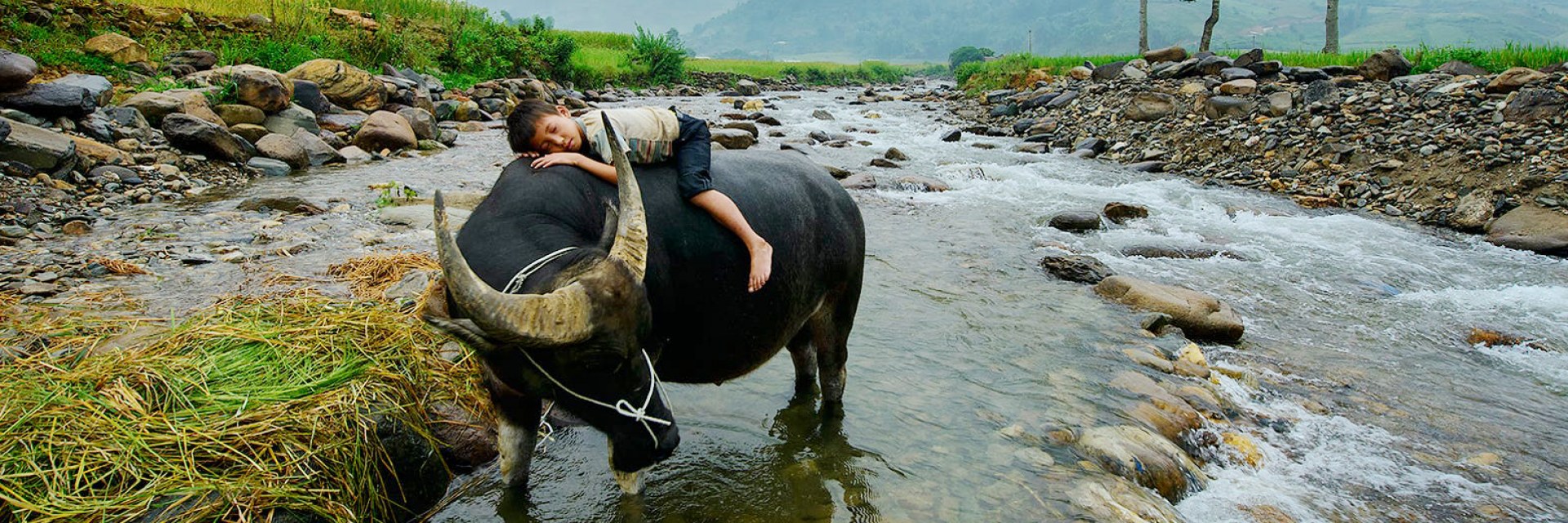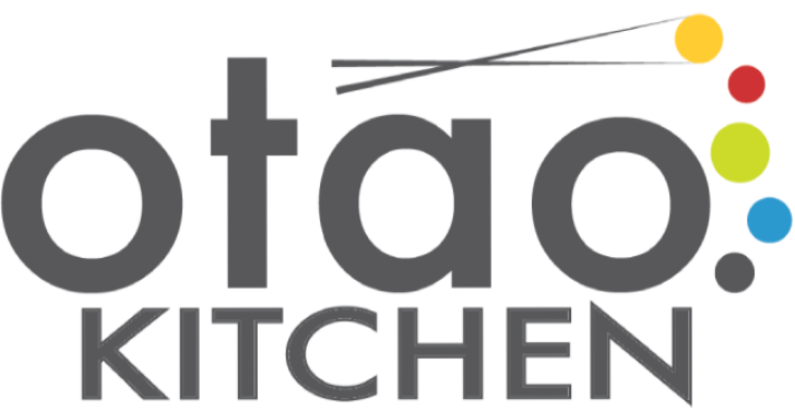PROMOTE BRENDAN PANG’S CLASS: “COOK LIKE A STAR, WITH A STAR: BRENDAN PANG IN MAY”


Culinary Inspiration by Otao Kitchen
Our blogs provide all necessary information about Vietnam from culture to destinations, from local food and drink to Vietnam tradition, or festivals and events. Besides, We also give the latest travel news, travel experience, useful advices and tips when traveling to Vietnam.
How to Choose Right Pizza Making Course Melbourne
Are you a pizza lover who dreams of creating the perfect pie from scratch? Look no further than a pizza making course! Whether you're a beginner or a seasoned home cook, learning the art of pizza making can be a fun and rewarding experience. In this article, we'll explore the ins and outs of pizza making courses, from dough tossing to sauce spreading, and everything in between.
Team Building Cooking Class: A Great Way to Enhance Team Bonding
Looking for a fun and engaging way to strengthen the bonds within your team? Look no further than team building cooking classes! These interactive culinary experiences offer a unique opportunity for colleagues to come together, collaborate, and create delicious dishes while fostering teamwork and communication skills.
How to Choose Best Group Cooking Classes in Melbourne
Are you looking to spice up your culinary skills or simply want to enjoy a fun activity with friends or family? Group cooking classes in Melbourne might be just what you need! Melbourne, known for its vibrant food culture, offers a variety of cooking classes that cater to all skill levels and tastes. Whether you're a beginner looking to learn the basics or a seasoned cook wanting to master new techniques, there's a class for everyone.
Discover the Culinary Delights: Cooking Experiences in Melbourne
Melbourne is a city that loves food. From its bustling markets to its vibrant restaurants, the city's culinary scene is rich and diverse. But one of the best ways to truly appreciate Melbourne's food culture is by diving in and experiencing it firsthand. Cooking experiences in Melbourne offer a unique way to learn, create, and taste the incredible flavors this city has to offer. Whether you're a seasoned chef or a complete beginner, there's something for everyone.
20 Best Spanish Dessert Recipes You Should Try
Spain has some truly delicious desserts. Whether you’re hosting a paella dinner party or just want a sweet treat after dinner, you won’t want to miss these classic Spanish desserts. From flan to churros and more, there’s something for every sweet tooth on this list.
How to Make Dumplings - Easy Recipes for Everyone
Dumplings, a beloved culinary delight, offer a versatile and delicious way to explore flavors from around the world. Whether you're crafting delicate pork dumplings for a Lunar New Year celebration or preparing hearty Southern-style drop dumplings for a comforting stew, making dumplings from scratch is a rewarding and enjoyable experience.
15 Must-try Traditional Chinese Cuisine 2024
Get ready to tantalize your taste buds with a journey through the vibrant world of traditional Chinese cuisine. From spicy Sichuan specialties to comforting dumplings, Chinese food offers a rich tapestry of flavors and textures that are sure to delight any palate.
12 Best Team Building Activities for Small Offices 2024
If you are a small business owner, you know that a talented and supportive team can elevate your company to new heights. The right team meshes well, works together seamlessly, and drives your business toward achieving its goals. While hiring the right people is a great start, team-building activities are crucial for improving efficiency, fostering strong relationships, and boosting morale among team members.
You may also want to try
Latin Street Food Desserts Masterclass
3 Hours
$197
Middle Eastern Cooking MasterClass NEW
3 Hours
$197
Malaysian Cooking Masterclass NEW
3 Hours
$197
Quick & Tasty Wednesdays Cooking Class
2 Hours
$119
Cooking with Australian Ingredients Master Class
2.5 Hours
$225
Flavours of Latin America Master Class
2.5 Hours
$225
Dumpling Party
2 Hours
$149
Street Food of Asia
2.5 Hours
$197
Thai Cooking Master Class
3 Hours
$197















